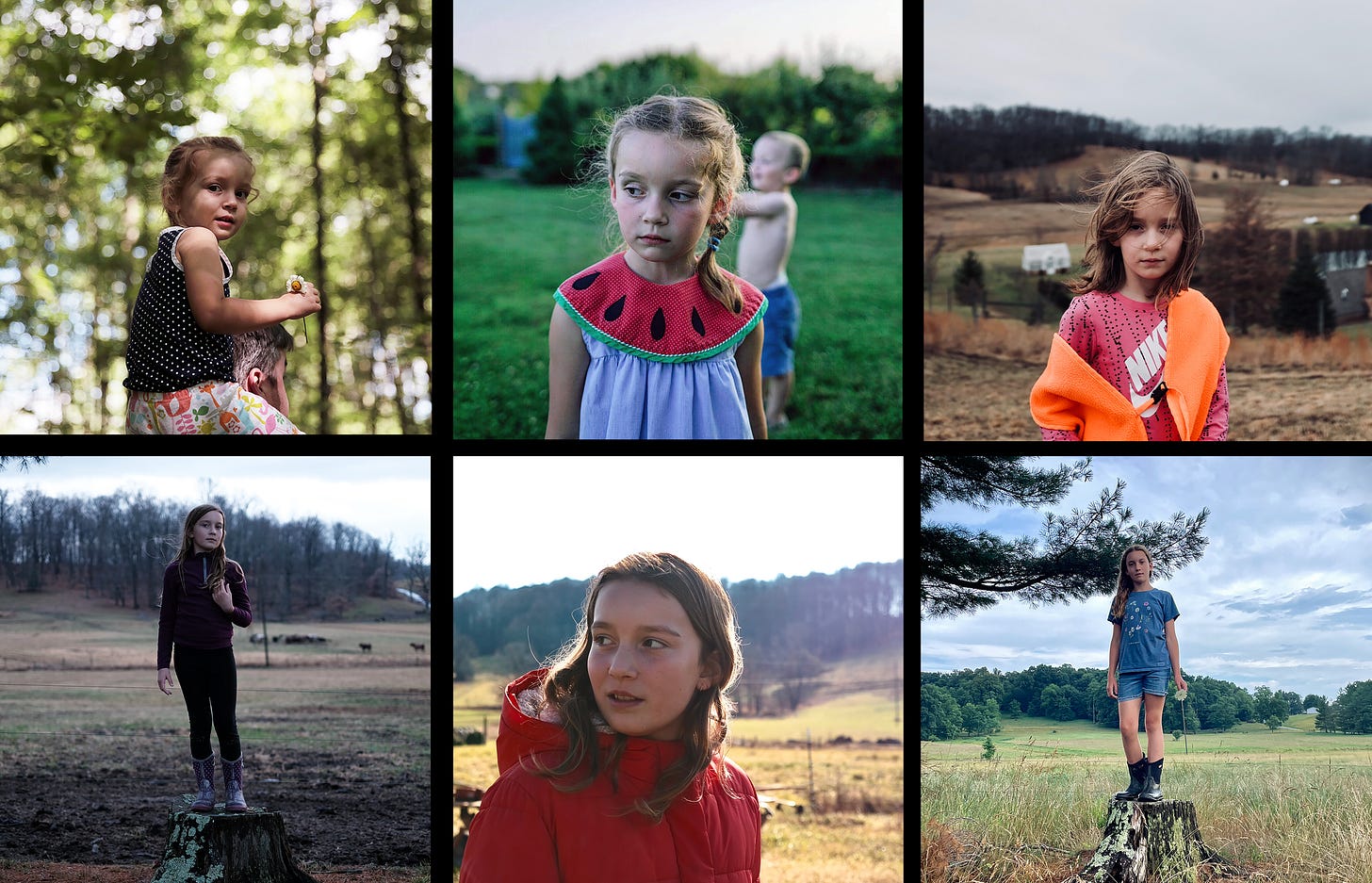Why Document at All?
What happens when the camera no longer feels like the answer?

I’ve been thinking a lot about what it means to look.
What it means to keep looking in a world where the image of a person often replaces the person. Where the photo becomes the performance. Where we’re so saturated with images—of ourselves, of each other—that I begin to question the point of documenting at all.
What do we gain by pressing record? What do we lose?
Social scientists might say we document to preserve. To collect data. To interpret, to prove. But what I’ve found, talking to the people who live inside the lens—the ones rarely asked for their interpretation—is that we document not because we know, but because we don’t. We document because memory is slippery, because time is short, and because we want to remember something—anything. We document to sit with something longer.
We document to feel less alone. But lately, I’ve been wondering if that’s enough.
I started documenting as a kind of correction. I was watching the place I love—Appalachia—being flattened into a caricature. Either tragic or toxic. Either poor and helpless or angry and dangerous. The people I knew were more complicated than that. More surprising. Softer. Sharper. Funnier. So I began filming to push back. To reframe. To honor what I saw and felt.
John Berger once wrote, “The way we see things is affected by what we know or what we believe.” And I believed in Appalachia’s complexity. I believed that if others could just see it through my eyes, they might understand it differently. I now see that as an arrogant and naive belief.
I think my work has had a net positive. I hope it has. But I don’t know that it’s helped in the way I imagined it might. Things get worse. The systems remain. The poverty persists. The extraction continues. And I wonder now: has my belief in the power of showing begun to fade?
If showing isn’t enough, what is?
Because Appalachia has been extracted from for centuries—natural resources, labor, land, stories. Our images, too, have been taken and circulated without care. It’s no wonder people are skeptical when someone shows up with a camera. I don’t blame them. I am them, in many ways.
There were recent floods in McDowell County, West Virginia—a place I hold dearly in my heart. And for the first time, my instinct wasn’t to go film. I didn’t believe that would help. I didn’t believe that adding one more image of disaster to the pile would move anything forward.
Susan Sontag warned us about this in Regarding the Pain of Others—about the moment when witnessing becomes consumption. “Being a spectator of calamities… is a quintessential modern experience,” she wrote.
When journalists covered the Vietnam War or the War on Poverty, there was still the potential for shock. People hadn’t yet seen it all. A single photo could rupture an illusion. But now, trauma is ambient. Constant. Scrolling. Clickable.
Because of this, I no longer believe that most people are moved by what they see. Not in any lasting way.
And I have to ask myself: do I really want to serve up another dose of dopamine dressed as devastation? Is that what my love for this place asks of me? I don’t think so.
These questions are painful to hold because documenting has been so much a part of who I am. My identity is intertwined. I had a camera early on. A notebook. A Talkgirl recorder. I invented characters. I captured the mundane and the mysterious. I documented because I was curious. Because I wanted to understand the people around me. Because it gave me distance and safety and purpose.
But sometimes I wonder—has documenting also been a way of excusing myself from deeper forms of involvement? A way to stay near without getting dirty?
I’m not proud to ask that. But I think we documentarians need to.
Because something is shifting. Maybe it’s age. Maybe it’s grief.


